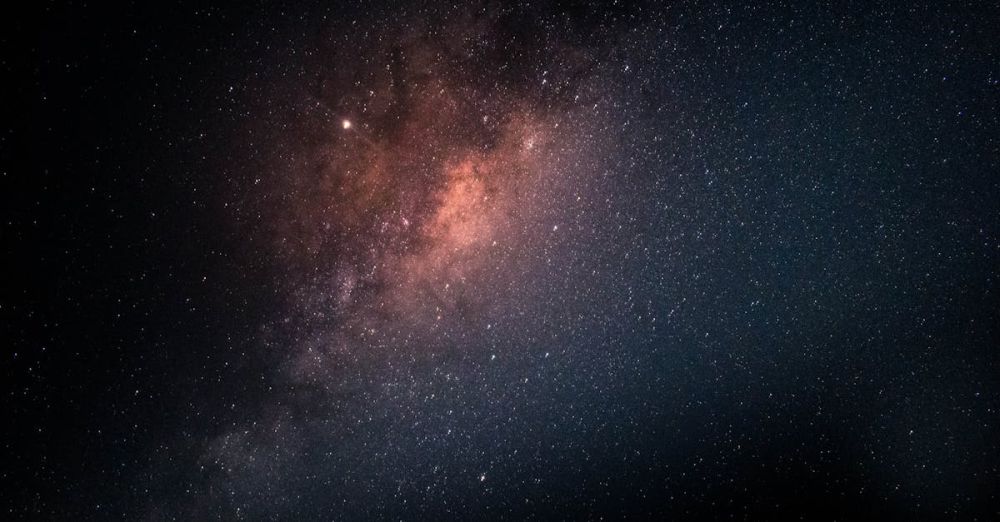What Are the Best National Parks for Stargazing
The night sky has always captivated humanity, inspiring awe and wonder. As cities grow and light pollution increases, finding a place to truly appreciate the cosmos becomes a challenge. Fortunately, many national parks across the United States provide pristine environments perfect for stargazing. These parks not only offer breathtaking landscapes but also serve as gateways to the universe, allowing visitors to connect with nature and the stars above.
Dark Sky Parks
One of the key factors that make a location ideal for stargazing is the lack of artificial light. Dark Sky Parks are designated areas committed to protecting the night sky from light pollution. Among them, Big Bend National Park in Texas stands out. With expansive desert landscapes and minimal human interference, the park offers some of the darkest skies in the United States. Visitors can gaze upon the Milky Way, shooting stars, and constellations without the distraction of city lights.
Another remarkable Dark Sky Park is Cherry Springs State Park in Pennsylvania. Renowned among astronomers, this park hosts numerous astronomy events throughout the year. The high elevation and remote location provide an unparalleled view of the night sky, making it a favorite among both amateur stargazers and seasoned astrophotographers.
Unique Landscapes for Stargazing
Each national park presents a unique landscape that enhances the stargazing experience. Joshua Tree National Park in California is famous for its otherworldly rock formations and distinctive Joshua trees. The park’s remote location and high elevation create an ideal setting for night sky observation. Visitors can enjoy views of the Milky Way stretching across the sky, framed by the park’s striking geological features.
Similarly, the Grand Canyon National Park in Arizona offers a stunning backdrop for stargazing. The vast open spaces and rugged terrain provide a perfect vantage point for observing celestial events. The park hosts Star Parties, where rangers and astronomers gather to share their knowledge and help visitors identify stars and constellations.
High Altitude Adventures
For those seeking a high-altitude experience, Rocky Mountain National Park in Colorado is a top choice. At elevations exceeding 14,000 feet, the park’s thin atmosphere allows for clearer views of the stars. The breathtaking alpine scenery enhances the stargazing experience, making it unforgettable. Bear Lake and Trail Ridge Road are popular spots within the park, where visitors can set up their telescopes and enjoy the celestial wonders.
Another high-altitude gem is Mount Rainier National Park in Washington. The park’s towering peaks and expansive meadows provide excellent viewpoints for stargazing. The combination of the mountain’s majestic silhouette and the dazzling night sky creates a serene atmosphere that invites contemplation and awe.
Cultural Significance and Night Sky Programs
Stargazing is not just about viewing celestial bodies; it often holds cultural significance for indigenous peoples. Many national parks offer programs that explore the relationship between native cultures and the night sky. For instance, Glacier National Park in Montana hosts nocturnal programs that educate visitors on the cultural heritage tied to the stars. These experiences deepen the appreciation for the universe while honoring the stories and traditions of the land’s original inhabitants.
Furthermore, several parks, such as Death Valley National Park in California, host annual astronomy festivals. These events attract stargazers from around the country and feature expert speakers, workshops, and telescope viewing sessions. Death Valley is recognized as one of the best places in the U.S. for astrophotography, thanks to its clear skies and dramatic desert landscapes.
Embracing the Night Sky
While many national parks offer exceptional stargazing opportunities, each park provides a unique experience shaped by its environment, cultural history, and community involvement. Whether you’re standing beneath the vastness of Big Bend, the rocky formations of Joshua Tree, or the towering peaks of Rocky Mountain, the night sky inspires wonder and invites exploration.
By planning a visit to one of these national parks, you not only immerse yourself in nature’s beauty but also partake in the timeless dance of the cosmos. For anyone with a passion for the stars, these parks are a reminder of the vastness of the universe and our small yet significant place within it.







